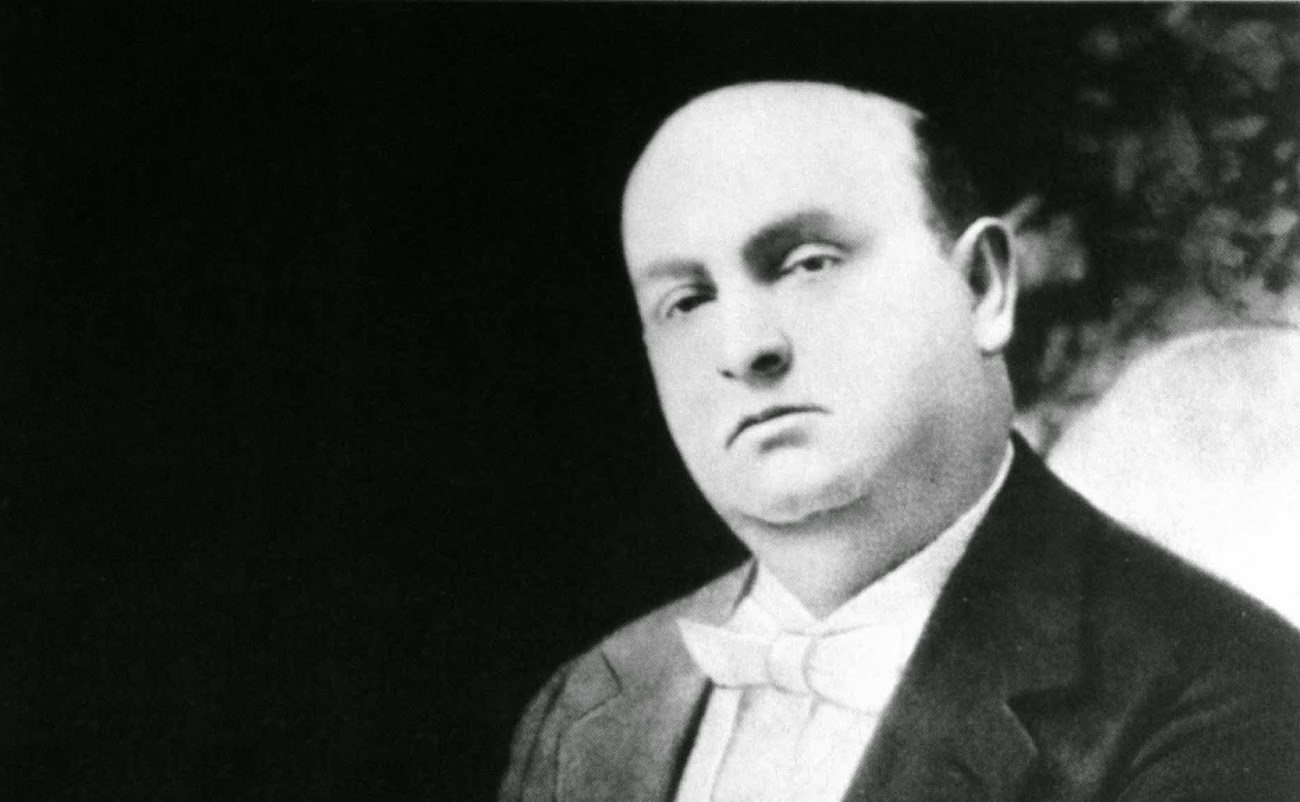Grandpa and his contradictions
True aficionados enjoy anyone who sings well, regardless if they’re Gypsy or not, regardless if they’re from Seville, Cadiz, Málaga, Barcelona or wherever. That’s what I think. Chacón loved Silverio’s cante, but he was also crazy for Manuel Torres, and they probably had quite different styles of singing.

-Grandpa, you confuse me. Sometimes you seem quite traditional, other times too modern. I think you’re messing with me.
-Why do you say such thing?
-I go over the things we talk, and I notice a lot of contradictions.
-You’re saying I’m a flip-flopper, right?
-No, I’m just not sure which kind of flamenco you like.
-Why is that anyone should like only one type of flamenco? Some people are like that, but I think they enjoy flamenco much less than I do. Maybe it’s because I’m an old-timer. In my days, before mairenismo(1) existed, aficionados used to enjoy cante with an open mind. Look, Niña de los Peines loved Manuel Torres, who was one of her role models, but she was also crazy for Niño de Marchena. In fact, she would argue with anyone who said bad things about him. She was also a hardcore admirer of Vallejo, and she also loved Gracia de Triana, and La Finito.
-So, in your younger years, the controversies we have today about “pure” cante, Andalusian or Gypsy, didn’t exist?
-They existed, but not among true aficionados. True flamenco aficionados can’t limit themselves to admiring just one particular style of singing, or one specific type of voice. We must make a difference between the well-informed aficionado, the “cabales”, and the fans of one specific cantaor or cantaora. People can either be a flamenco aficionado, or an artist’s fan. True aficionados enjoy anyone who sings well, regardless if they’re Gypsy or not, regardless if they’re from Seville, Málaga, Barcelona or wherever. That’s what I think. Chacón loved Silverio’s cante, but he was also crazy for Manuel Torres, and they probably had quite different styles of singing.
-So, it’s posible to admire both Morente and Camarón, right?
-Of course. They admired each other, just like Chacón and Manual Torres (or Tomás Pavón and Marchena) admired each other. On top of their mutual admiration, they respected each other as artists. Caracol and Marchena had their disagreements and they even got into fistfights, but they respected each other.
-They were quite different, weren’t they?
-Not that different, actually. If you listen to their first records, you’ll notice many similarities, despite their different voices. Do you know why? Because both learned from the same masters and grew up in the same environment. Then there’s the rivalry that’s agreed between artists, promoted just for marketing. In the case of bullfighting, a world very similar to flamenco, there are many stories about the supposed rivalry between the bullfighters Joselito el Gallo and Juan Belmonte. They were rivals in the bullring and sometimes on the street. After their bullfighting in Madrid, they’d take the train back to Seville together, chatting along the way like the good friends they really were. Yet, upon arriving at the station in Seville, awaited by the respective fans, each would leave the train by a different door, because they needed to pretend they were enemies.
-So, the rivalry was really between their fans, right?
-Right. There’s a story that’s quite revealing about that rivalry. Reportedly, one afternoon at the Plaza de Toros de la Maestranza, in Seville, Juan Belmonte was so good in his bullfighting, that his fans carried him on their shoulders to Triana. As the crowd passed by Santa Ana church, someone asked the priest to make a procession in Belmonte’s honor, but the priest lost it: “By God! This is unacceptable! What a blasphemy! How can you ask me such thing? If it were for Joselito, sure… But Belmonte??”
-So, grandpa, rivalry is a good thing, because it keeps the aficionados engaged.
-Of course. Rivalry, not fanatism. Lately I’ve been amazed by all the non-sense I read in the social networks. When Manuel Agujetas died, his fans immediately came out from under the rocks to say that the best cantaor in the history of flamenco had passed away. How could he possibly be the best cantaor ever, if he barely performed ten times a year? Why would they say such things, just because he had died? The same happened with Canela de San Roque, a great cantaor indeed, yet it was necessary for him to pass away young to be acknowledged as a the good cantaor he was. Same with Juan Moneo El Torta. After he passed away, everyone and their dog became his fan. That goes to show the kind of flamenco aficionados that are out there.
-Aren’t there any good, well-informed flamenco aficionados anymore?
-There are, but they have always been a minority. Juanito Mojama ended his days as a shoe shiner, and now he’s regarded as one of the great cante geniuses in flamenco history. There was even a conference about him in Jerez, where he was from, an honor never bestowed upon Chacón or Manuel Torres. In Jerez they don’t even know who Juan Junquera was, they just don’t care. They don’t care about Juanelo either, or if there were one or two Marruros. Yet, they’ve discovered that Mojama and El Torta were two geniuses of cante.
-You’re odd, grandpa.
-I know myself.
* Mairenismo: a flamenco doctrine espoused by Antonio Mairena which dismisses anything non-Gypsy as worthless or fake.




